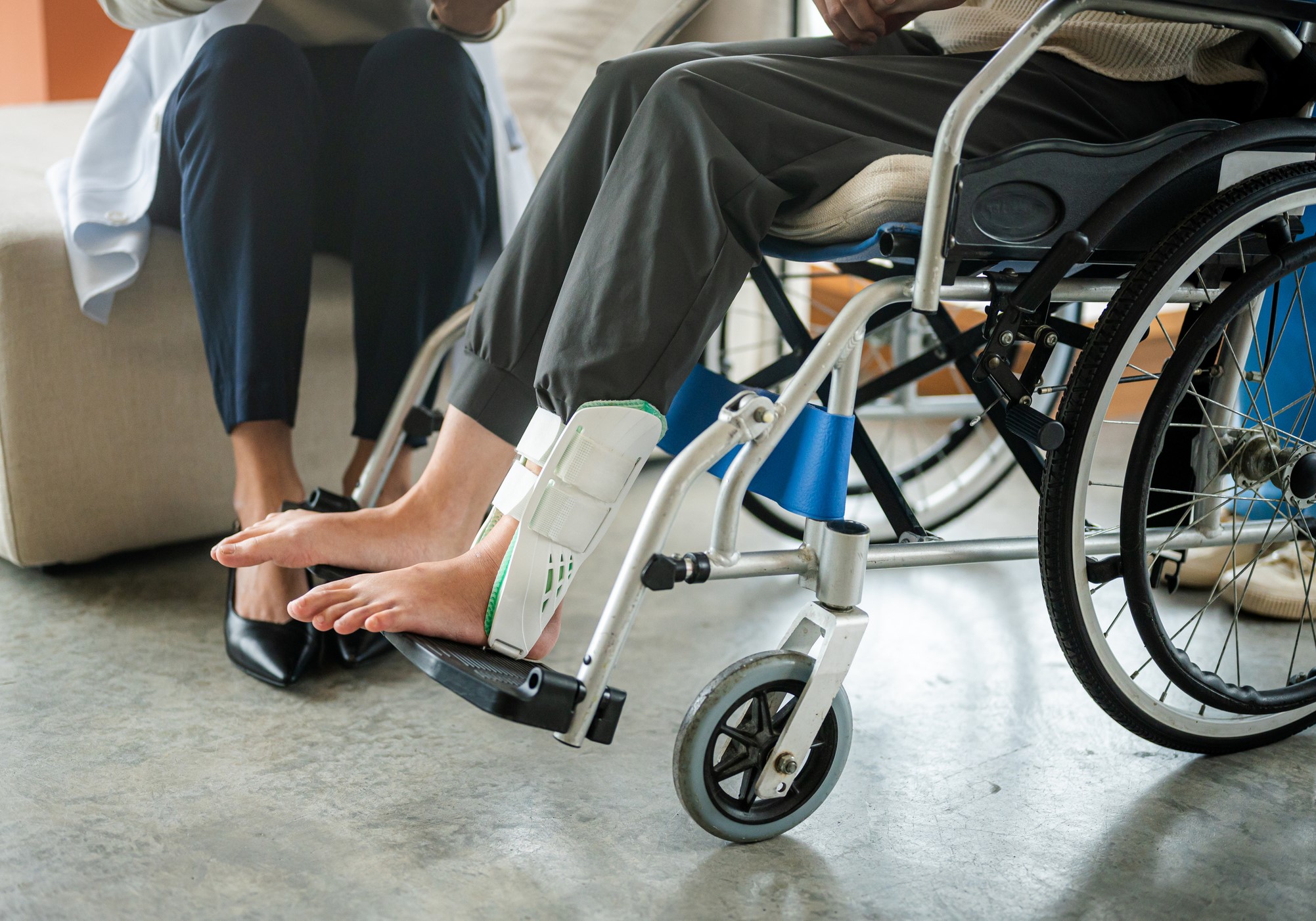Are You Giving Your Employees Sufficient Ergonomic Resources as They Work From Home?
Recent research by Stanford found that 42% of the U.S. workforce is now working from home full-time.
This trend was already on the rise in recent years, but the shelter in place mandated by local governments due to the coronavirus boosted the numbers even more. Experts are expecting the telecommuting trend to continue for the remainder of the year and into 2021, as states battle COVID-19 and companies rethink the value of traditional office spaces.
While each home work station is set up differently, it is important to have a structured program to ensure that employees have adequate space, equipment and lighting in order to reduce the potential for injuries that arise due to poor posture.
Most injuries associated with remote working are preventable and can be addressed by confirming that employee workstations are set up for optimal comfort and ergonomics. The complicated part of this system is that it is difficult for employers to enforce these best practices to ensure employee safety with so many team members telecommuting.
Given the unique risks associated with managing a remote workforce, businesses should be working closely with their insurance agent or broker to have a comprehensive understanding of the risks and available insurance products available to businesses.
Provide Resources
Employers should provide workers with resources that outline directions for maximizing comfort and productivity while telecommunicating.
Simple tasks such as properly aligning desk equipment, sitting in a well-supported ergonomic position, stretching or even taking time for a quick walk will help refresh workers and minimize improve workstation ergonomics.
In order to set expectations and ensure maximized productivity, remote work policies and procedures need to be thoroughly communicated to employees. The resources noted above will only be effective if employees are familiar and understand them.
Best practices include an agreement of expectations and responsibilities between the employer and employee; an initial and annual check of home office set-ups; providing employees with training on adjusting their chairs, monitors, and input devices for optimal fit; and providing safety training specifically for home office workers.
For businesses that are interested in going one step further in safeguarding employees, there are risk control tools, such as remote worker office ergonomics assessments, that help employers keep their workforce healthy as they transition to a remote working model.
Don’t Overlook Industrial Ergonomics when Resuming Operations
As employers pivot resources, it is also important to not overlook industrial ergonomics risks.
For employees that are back to work in fields, such as manufacturing, construction, and warehousing, it is imperative to recognize that these are high-risk industries for musculoskeletal disorders, according to the United States Department of Labor.
Workers can be exposed to risk factors at work like lifting heavy items, bending, reaching overhead, pushing and pulling heavy loads, working in awkward body postures and performing similar tasks repetitively. Exposure to these known risk factors increases a worker’s risk of injury, but through ergonomics, they can be mitigated.
While specific risk mitigation tactics vary for office and industrial ergonomics, the same principles of providing ample resources, training and communication are the same.
The insurance industry and companies across the world have been pivoting and reassessing new risks for ages. Together, there is no doubt that we will be able to find new solutions to ensure workplace and employee safety during the COVID-19 pandemic. &










